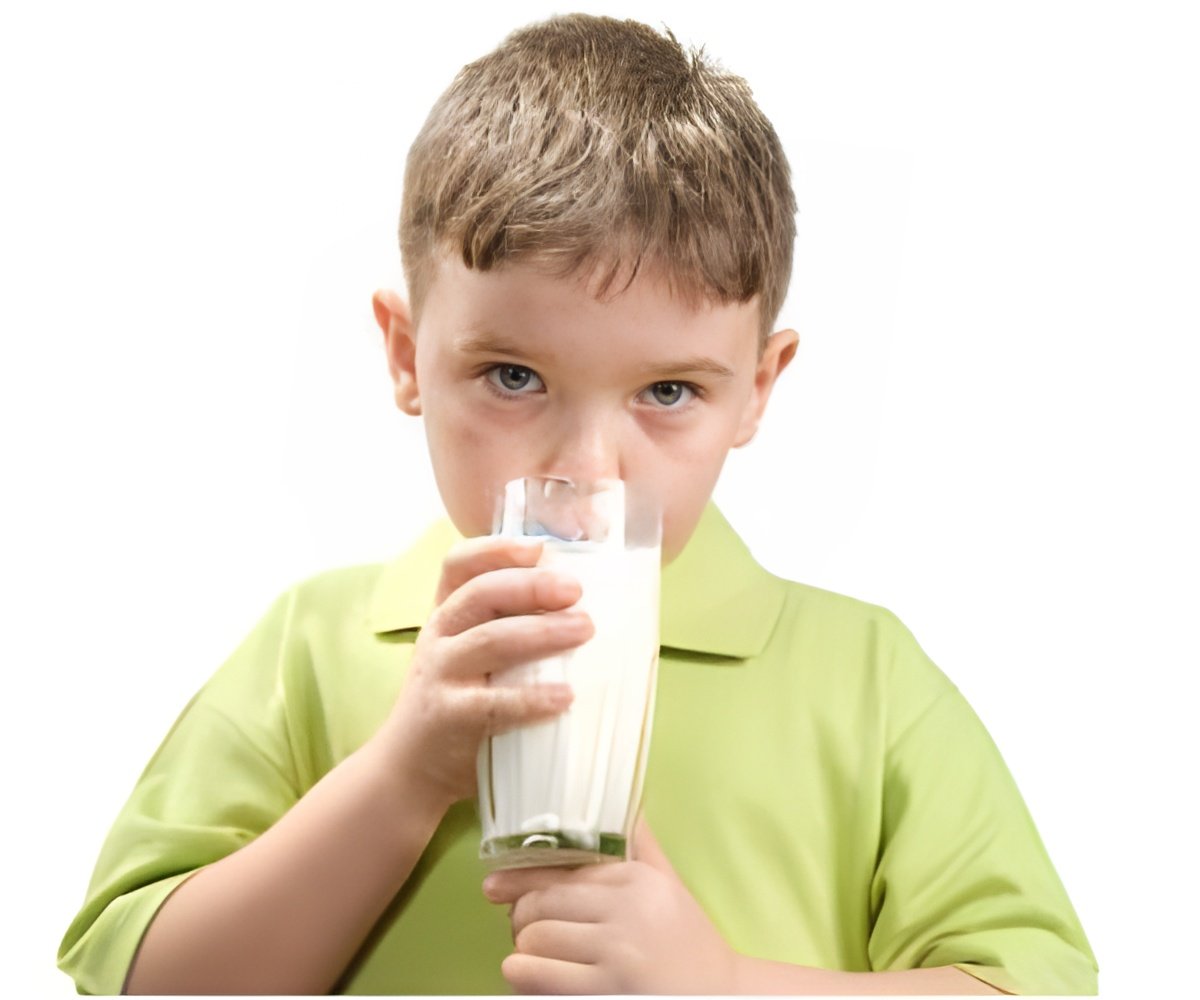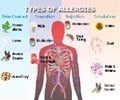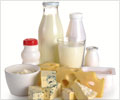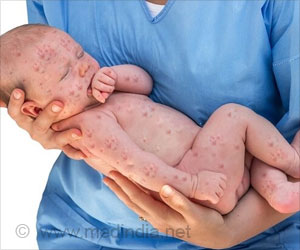Milk allergy, the most common form affecting affecting 2.5 percent of children under age 3.

Although food allergy is a major public health problem, currently there is no effective and safe treatment except to avoid the foods that can trigger an anaphylactic reaction, and to promptly treat reactions when they occur. But the need for new options is critical now as the number of children diagnosed with food allergies rises.
While previous studies showed that oral milk desensitization can increase the amount of milk tolerated by many of the treated subjects, Schneider, Umetsu and Nadeau launched a trial in 2009 aimed at carrying out the desensitization regimen in a shorter period of time with much fewer allergic reactions by including omalizumab, which binds up IgE, the family of antibodies that drive allergic responses. Omalizumab is marketed by the company Genentech under the brand name Xolair.
"This is the first study to use omalizumab in combination with oral desensitization," said Umetsu, who is also the Prince Turki bin Abdul Aziz al-Saud Professor of Pediatrics at Harvard Medical School. "Using omalizumab allowed us to escalate their milk intake very rapidly compared to other desensitization protocols, and still limit allergic reactions."
After first pretreating the children with omalizumab, the investigators then introduced milk in ever-increasing amounts over the next seven to 10 weeks, a relatively rapid desensitization period.
"This anti-IgE molecule is like a 'protective blanket,'" said Nadeau, an allergist and assistant professor of pediatrics at Stanford. "We think it possibly protects subjects from having reactions to food allergens during oral immunotherapy. For the first 16 weeks of oral desensitization, we gave omalizumab to try to decrease the severity and rate of allergic reactions when subjects consumed cow's milk. Without this treatment, 10 to 20 percent of people who start oral immunotherapy drop out, in part due to intolerable allergic reactions early in the treatment."
Advertisement
Nine of the 11 children then successfully completed an oral milk challenge. The next day, these nine children began to consume 8 to 12 ounces of dairy per day to maintain their tolerance with minimal or no adverse effects.
Advertisement
"When you try to go on a diet that is completely free of milk, it is very difficult because many foods have a little bit of milk protein in them," Nadeau added. "From a practical standpoint, this treatment allowed these patients to increase all types of milk products in their diets: they were able to eat yogurt, cheese, bread, a muffin one patient in our study said, 'I can finally eat goldfish crackers.' Another patient, for the first time in her life, was able to have M&Ms."
Source-Eurekalert















